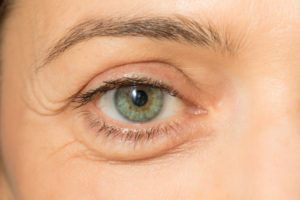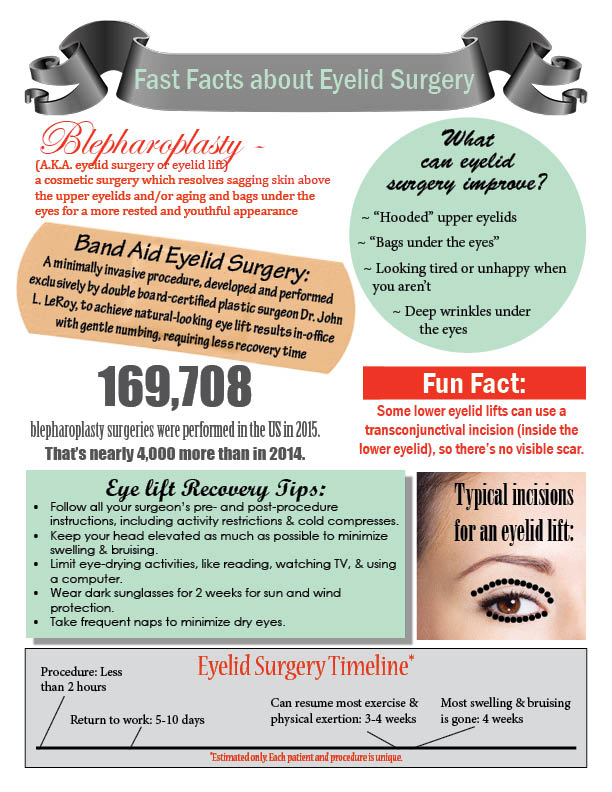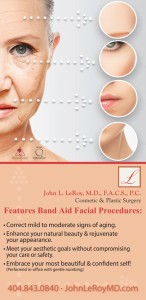What Causes Bags Under the Eyes, and What Can I Do About Them?
We’ve all had a restless night or two that has left us with puffiness under our eyes. But it’s not uncommon to notice a more permanent appearance of “bags under the eyes” begin to develop, especially as the aging process wears on. It can be frustrating to hear comments like “you look so tired” because of these unwanted “pillows,” especially if you’re actually feeling energized and joyful. But what exactly causes under-eye bags to appear, and what can you do about them?
When under-eye baggage is long-lasting and persistent, the short answer is that it’s caused by aging, but there are a number of different ways the aging process contributes. By design, we all have fat deposits beneath our eyes for support. As we get older, the muscles and other tissue around these fat deposits weaken, and these weakened barriers allow the fat deposits to extend forward, creating a bulge beneath the skin. At the same time, the skin itself is becoming thinner and looser, and we’re losing volume from the cheeks and surrounding facial areas, all of which just makes the bulge that much more apparent. Fortunately, this combination of factors doesn’t happen to everyone, but it does tend to run in families.
While aging-related bags under the eyes are consistent from one day to the next, keep in mind that there are other factors which can make them look more prominent on a temporary basis, too. Fluid retention can make the area look puffy, so it may help to cut back on salty foods. Inflammation and allergies can also contribute to the appearance of under-eye bags, so avoid rubbing your eyes as much as possible and see an allergist if necessary.
How to Fix Bags Under the Eyes
The only way to truly resolve under-eye bags is through a cosmetic surgery called blepharoplasty (also known as lower eyelid surgery). While the word “surgery” may sound daunting, here’s the good news:
- Results are typically permanent, so you should only have to have the procedure once.
- The procedure leaves little or no visible scarring. In some cases, the incision is made just below the lash line, so it’s easily concealed within the natural creases of the eyelid. But for patients who solely need fat deposits removed (and who don’t need to reduce sagging skin), the incision can actually be made inside the eyelid, so there is no visible scar.
- The results are highly successful, predictable, and natural-looking. Patients generally say that they don’t look “plastic” or “like they’ve had work done,” they simply look like a more well-rested and pleasant version of themselves.
- For some patients, the surgery can actually be done in-office using gentle numbing and local anesthesia as my Band Aid Blepharoplasty. This minimally invasive procedure uses specialized techniques to dramatically reduce the recovery time and the cost compared to a traditional eyelid surgery.
Let’s be honest: some things about aging are just not fun experiences. Between the aches and the pains, as well as the cosmetic issues, it’s enough to make anyone want to turn back the clock. But at least there are actions you can take to keep it to a minimum by both repairing some of the effects aging has already had and by slowing the progression in the future. To learn more, schedule a consultation with me, double board-certified plastic surgeon Dr. John L. LeRoy. Or, for more helpful tips and interesting plastic surgery information, follow me on Facebook, Twitter, and Google+.



 You may want a brow lift or a
You may want a brow lift or a 